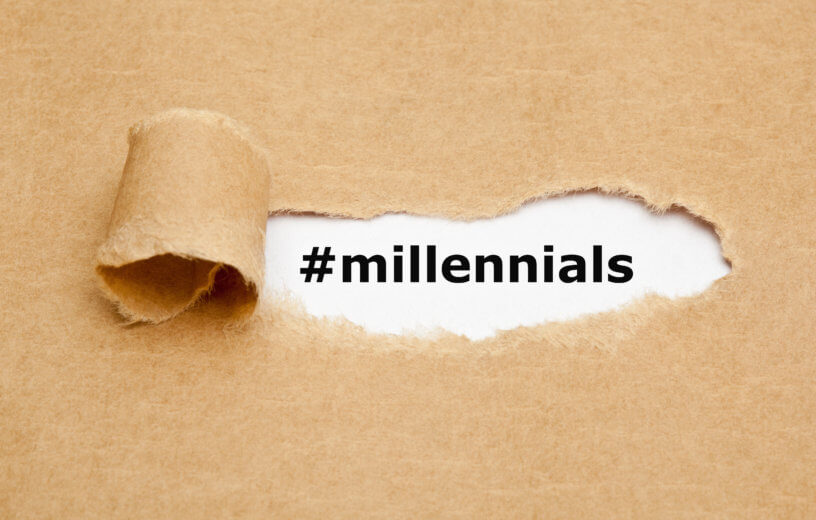STANFORD, Calif. — A study by researchers at Stanford University found that American millennials face challenges unlike any previous generation, and their struggles are likely signs of mounting issues due to decades of rising economic inequality in the U.S.
Millennials, individuals born between 1980 and 2000, earn less money without college degrees than their predecessors and are more likely to die by suicide or drug overdose than any other generation.
“Millennials are the first generation to experience in a full-throttled way the social and economic problems of our time,” says David Grusky, professor of sociology and director of the Stanford Center on Poverty and Inequality, in a statement. “We can think of them as canaries in the coalmine who reveal just how toxic those problems are. By assembling a report that provides a comprehensive understanding of their situation, we can go beyond the usual patchwork policy and begin to address underlying problems.”
The study examined comprehensive data explaining integral factors in economic success or struggle, including education, employment and income, health, occupational segregation, economic mobility, debt and poverty rates, racial and gender identities, social connections, housing, and incarceration rates.
Millennials with college degrees earned about as much as their predecessors when they first entered the job market, but millennials without degrees earn much less than their older counterparts. The median earnings for 25-year-old millennial men who have a high school degree or less are $29,000 a year, about $2,600 less than Gen Xers and about $10,000 less than baby boomers at the same age.
“It’s not that going to college amounts to striking gold for most people,” says Grusky. The big news is that if you don’t go to college you’re likely to do worse than ever. What makes college attractive is mainly that it offers some protection from that fate.”
Researchers also point to a significant rise in mortality rates for people ages 25 to 34, with numbers up more than 20% between 2008 and 2016 — a jump attributed to a stunning increase in suicides and drug overdoses. Non-Hispanic whites experienced the highest jump (27%), while deaths among blacks rose 9%. The rate of death among Hispanics increased just 6%.
Researchers also say that millennials benefited more than any other generation from the expansion of health insurance coverage through the Affordable Care Act, but as a result, they also experienced a steep drop in coverage in the years after. “The share of adults in their 20s without health insurance fell by more than half from 2009 to 2017 (from 32.4% to 15.5%). For adults in the 30–35 age range, the share fell by 40 percent (from 26.3% to 14.5%),” the report states.
The study also found that millennials identify as a wider set of races and genders than their predecessors. But embracing multiracial and unconventional gender identities doesn’t mean millennials are more accepting of those different from them compared to previous generations. Researchers say that millennials buy into racial and gender stereotypes as much as baby boomers and Generation X. And while the group shows a greater disdain towards racism compared to other groups, they’re still experiencing just as much racial and ethnic occupational segregation as other generations.
“If you understand the economic and social context within which millennials are growing up,” Grusky says, “it’s natural to feel real empathy and hard, by contrast, to understand the anger that’s often directed toward them.”
The report was produced by the Stanford Center on Poverty and Inequality.
